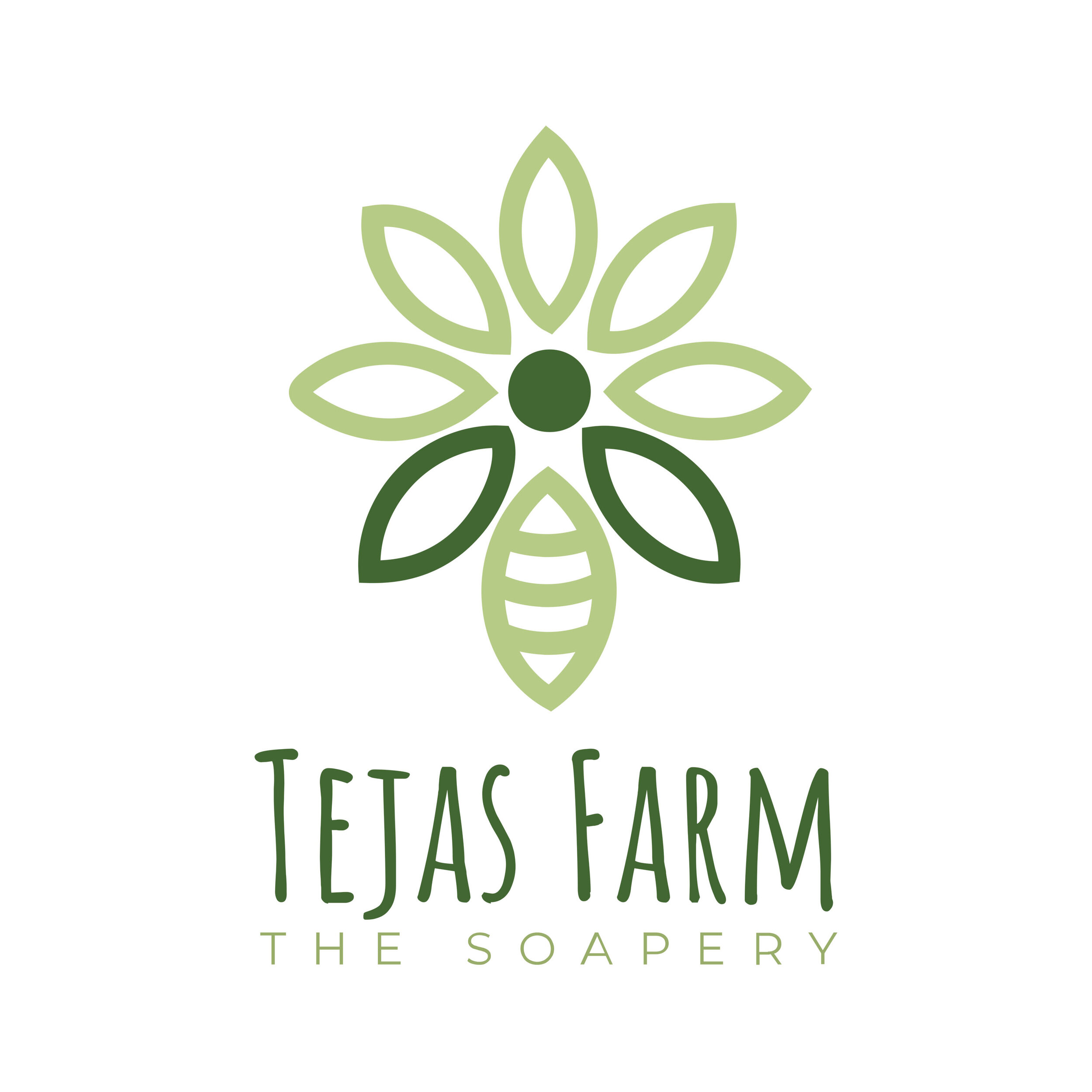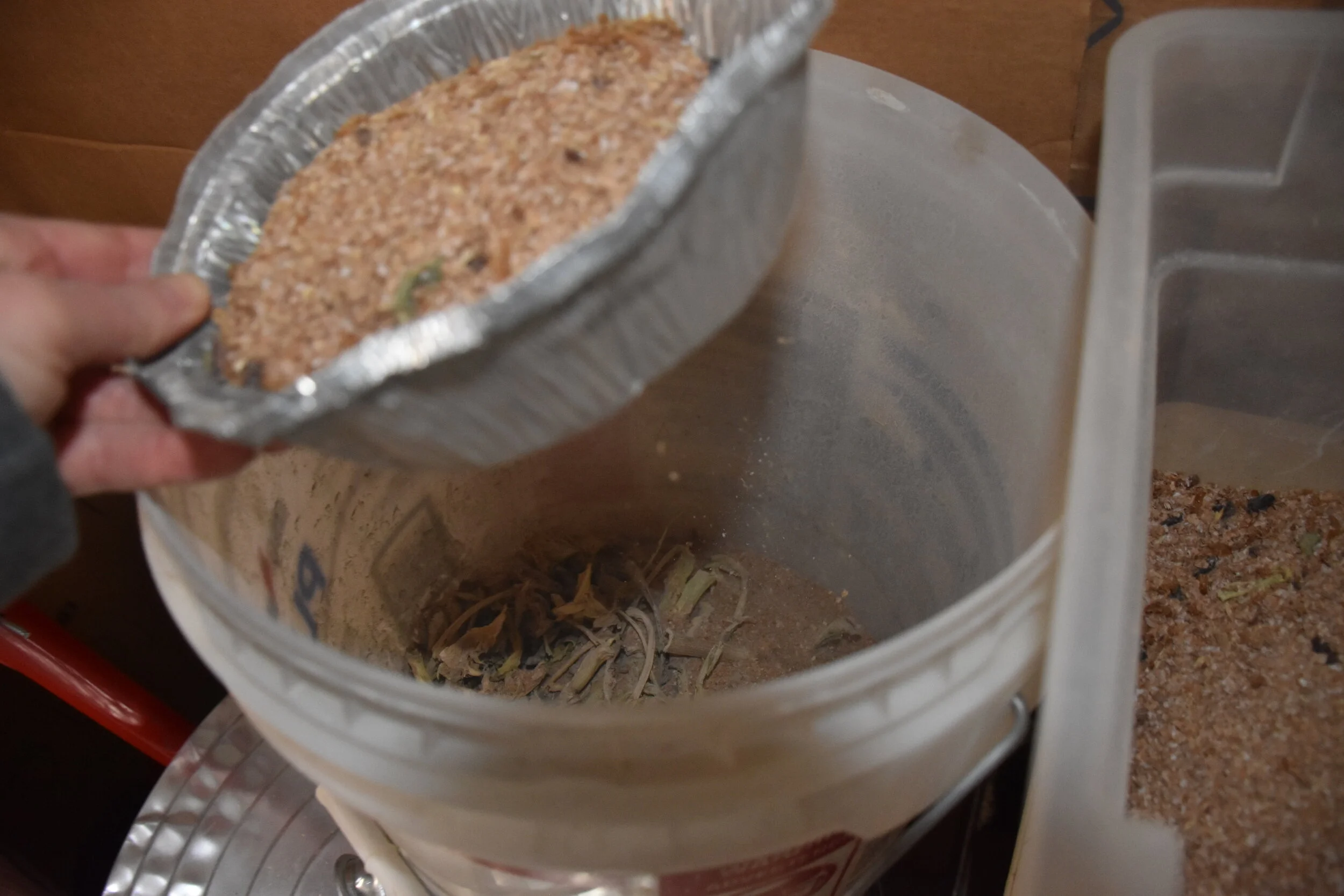Mealworms
For anyone debating on raising mealworms to feed your feathered friends or reptilian roommates, it is super easy and only a wee bit of work.
Please enjoy the story of our mealworm family. There are some Amazon affiliate links below, Tejas Farm is a participant in the Amazon Services LLC Associates Program, an affiliate advertising program designed to provide a means for sites to earn advertising fees by advertising and linking to Amazon.com. This costs nothing for you, but encourages the work we do. Thank you.
WHAT IS A MEALWORM?
According to our friend Wikipedia, “Mealworms are the larval form of the mealworm beetle, Tenebrio molitor, a species of darkling beetle. Like all holometabolic insects, they go through four life stages: egg, larva, pupa, and adult. Larvae typically measure about 2.5 cm or more, whereas adults are generally between 1.25 and 1.8 cm in length.”
Keep a source of moisture, a source of food, and some hidey holes. Clean out anything they don’t eat after a while and sift out the waste from time to time.
They are not terribly unpleasant. No sliminess, just a little wiggly.
Starting a Mealworm Farm
We first bought some live mealworms from this company on Amazon in 2018, Bassett Cricket Ranch, in Visalia, CA.
We kept them going for a while until I realized I was cleaning the container too much, thinking that I was keeping them alive. In fact, as I swiped the sides and bottom of the ‘drawers’ with a vinegar and water solution, I realized I was killing my sweet little baby mealworm eggs. Soon, the supply was almost depleted and we were teaching our chickens to love us with mealworm snacks. Then, we found a local company & bought another batch to add to our couple of beetle parents that were left. We’re now back in business with a healthy supply.
And I haven't wiped anything since.
It's not like they're hampsters peeing in the corner or anything.
THAT’S A LOT OF MEALWORMS
As long as you keep them in a safe environment, nature will take its course and you’ll have mealworms indefinitely.
Mealworms are not a native species, so while you’ll want to give your chickens a few of these, keep the little squiggly-wigglies contained so as to not allow them to freely reproduce in the wild.
In what seems the most humane way of “preserving” mealworms, when there is an abundance, or I am cleaning the habitat, I’ll place them in the freezer. I do this before I throw the waste from cleaning into the compost. The chickens will still be excited to sift through it all and I don’t worry about wild mealworms attacking the village.
HOUSING YOUR SQUIGGLE FRIENDS
I like a clear plastic container, if you have an old Rubbermaid storage box, that’d work great, just make sure it is clean and perhaps no deadly chemicals were stored in it. Which hopefully is the case with or without mealworms.
Here is a nice option to the side, to have 2 similar containers, either to separate your mealworms, if you like, or to have a nice spot to keep the little critters while you clean.
While mealworms can mosey around quickly on flat surfaces or up cardboard, slippery plastic surfaces seem safe to contain them. You’ll want to ensure your bedding and little mealworm houses (toilet paper rolls) are well below the lid to minimize escapees. The beetles definitely crawl around a lot, but I’ve never seen one out of its little habitat, so my plan is moving along swimmingly.
So, an oblong, short see-through container would work best. You’ll never want to keep the lid completely closed on it (because oxygen), but if you like the tidiness of closing the lid, you could drill lots of ventilation holes in the top.
I don’t like the idea of poking holes because it is too much commitment to only use the bin for this one purpose. I like to keep my options open.
Up to you. (obviously)
Bed and food are the same thing!
When we first began our adventures with mealworms, we bought some wheat bran online, like this brand on the right, from Amazon, which is easy and not expensive.
The Wheat Bran is like little flakes in which the mealworms bed down into and also eat it and I suppose expel waste into it. So, really it is a bed, a food source, and a toilet? In that order.
However, if you have the room, a local feed store should have a large sack of wheat bran to purchase for much cheaper. The only problem I experienced with purchasing from the feed store was that it soon had moths flying inside the bag. My solution was to stick the big ol’ sack in the deep freezer (so many uses! – if you have the room) and what do you know - there were no longer moths flying. I am still on the same bag of wheat bran after a year or so, I guess it was 20 lbs or so. Also, because it is winter, especially in our basement, the worms go a bit dormant, so they don’t eat or mess up the habitat as much.
CLEANING THE HABITAT
Depending on how many mealworms and beetles are coexisting, doing a bit of a clean once a week or once a month may suffice. Ours are stored in the basement and in the winter in Pennsylvania, that means the mealworms get to take a break and rest for a bit. If you want to keep your mealworms active, they’ll need to be in a warm, dark place, like a closet.
When cleaning out the mealworm house, it’s nice to have a sifter where the small dust-like waste can sift through but the large pieces of bran and the mealworms can stay behind. I usually grab a bowlful of everything, sift into my dumping bucket and then pour the good stuff back into a cleaned part of the bin, or into the second bin.
Use a perforated to-go tin - just poke some holes in the bottom & ta-da - a fancy sifter!
Hand pick the large pieces and sift out the dust into the dump bucket.
Replace scraps of cardboard if they’ve become messy or wet. This is a great time to recycle old toilet paper or kitchen paper towel rolls. Scraps of egg carton or the cardboard berry containers make a nice dark environment for the mealworms to thrive and make babies.
Keeping them alive
There is a variety of food options to provide nutrition and moisture to the mealworms and beetles alike. We generally give them scraps while we are preparing dinner. Potato pieces, carrot ends, stalks of kale, broccoli trunks all work great. Make sure it is a viable scrap of fruit/veggie, and just place it on top of the bedding. For a piece of potato, keep the skin side down, so the bedding doesn’t draw in the moisture. I’ve never purchased ‘mealworm food’ and I’m not sure what it would be, but for 2 years, giving scraps, or cutting up a fresh potato has worked for our little creepy crawlies.
Nuzzling it in too much might provide a moldy atmosphere for the veg. If mold develops, pick out the whole piece with its surrounding bedding and compost it – ain’t nobody got time for mold. Pick out pieces once they have shriveled up and dried out. Replace with new appetizing chunks about once a week or so.
I’ve even put some potato pieces in that sprouted. I took those out and kept them for the garden, for the potato boxes. Maybe they produced, maybe they didn’t I’m not sure, as they were under the dirt, but I was excited nonetheless.
You may need to add more veg depending on the number of critters and the temperature. If they are super active, they may devour your carrot scraps in a couple days.
Our basement stays in the 50’s in the winter and probably in the 60’s in the summer. Keeping them at room temperature would produce a lot more eggs and larvae. I’ve not experienced any off-putting smells so far with our little colony, but there might be a more noticeable odor if you kept them in your closet at 75F. Just a thought. Maybe not. Let me know!
Moral of the Story
Here’s why you should keep your own mealworms:
Piece of Mind – you know where they came from, what they’ve been eating
Cheap – a little investment up front and no more buying plastic containers of dried up insects
Chicken addiction – Your chickens will soon become your best friend and love gobbling the squigglies out of your hand
Takes up little space – What is one more storage bin in your house, I mean really?
Adventure – It is great to watch the cycle of life – from little egg particles, to worms, to pupa, to beetle and repeat.
If you have a go - let us know what you think – please comment below if you have any questions or comments.



